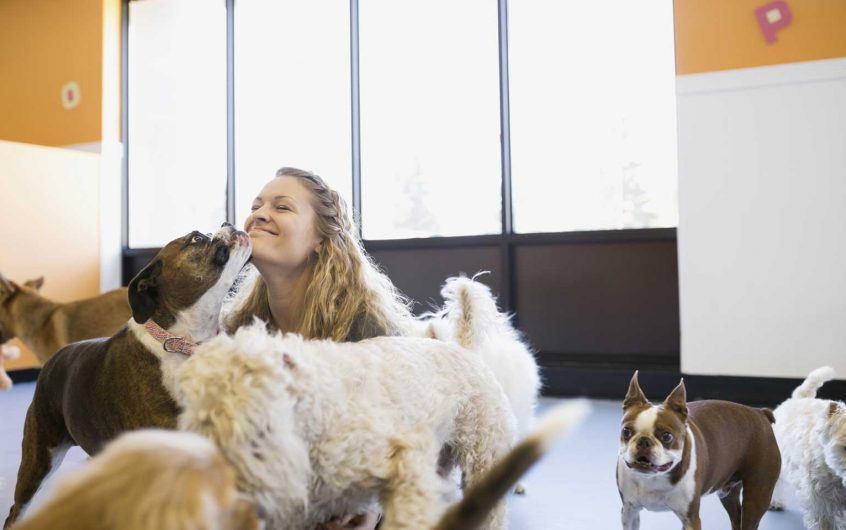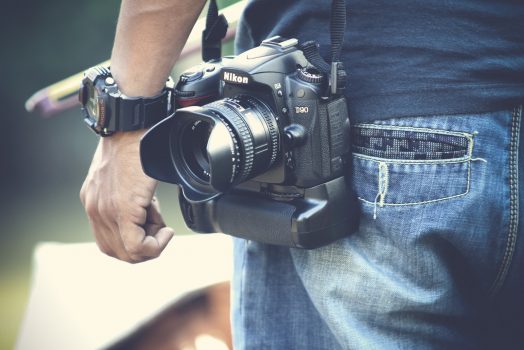Do you love art and technology as much as you love animals? Would you like to help your local shelter without spending your time scooping poop? Animal rescue organizations need photographers and social media experts to get the word out about their adoptable pets. These tips will help you use your photography skills as an animal rescue volunteer.
Background
Some photographers show small, plain kennels with metal bars in their animal photos, trying to make viewers pity the rescue animals. However, the most successful pet photos help potential adopters imagine what it would be like to share a home with that pet. Posing an animal on homey objects like a couch or carpet can help the animal look like it will fit in with the family. Even a soft blanket can work in a pinch.
If these items aren’t available, ask your animal volunteer program if you can take pet photos outside. Sunlight will make the animals appear healthier and bring out the rich contrast in their fur colors. An outdoor background works especially well for large, energetic dog breeds. Potential adopters will more easily imagine running and enjoying the outdoors with these pets.
Calm a Pet and Get Its Attention
Animals often feel afraid when they arrive at a shelter. A stranger pointing a camera at them can add to their fear. When you’re taking a photo, speak calmly and move slowly. Some animals can sense your fear, so try not to get anxious or angry if the pet doesn’t cooperate right away. If you’re having trouble with a particular pet, move onto a different pet and come back to the troublesome one later.
Another volunteer the animal is more familiar with can greatly smooth the process. One or more volunteers can stay in the room with the pet or hold its leash. Make sure volunteers have the knowledge and strength to handle a potentially aggressive animal. A helpful volunteer will work with you to learn how to stay out of the photo, keep the animal calm, and prevent distractions for the pet.
To get a pet’s attention, try whistling or presenting a treat near the camera. Even then, anxious or aloof animals may not look at the camera. If you want to improve your attention-grabbing skills in a less stressful environment, you can practice with your own pet at home.
Positioning
Take your photos from the animal’s eye level. This will probably involve some crouching or even lying down if you’re photographing a kitten! Eye level shots more accurately portray the pet’s size and help you gain their attention.
Most successful adoption listings include at least three photos: a full-body shot, a close-up face shot, and a sit shot if the animal knows how to sit on command. Adorable face shots with the animal gazing directly at the camera are most likely to win the hearts of adopters.
If you want to use your photography skills to help animals, ask your local shelter about serving as an animal rescue volunteer.




